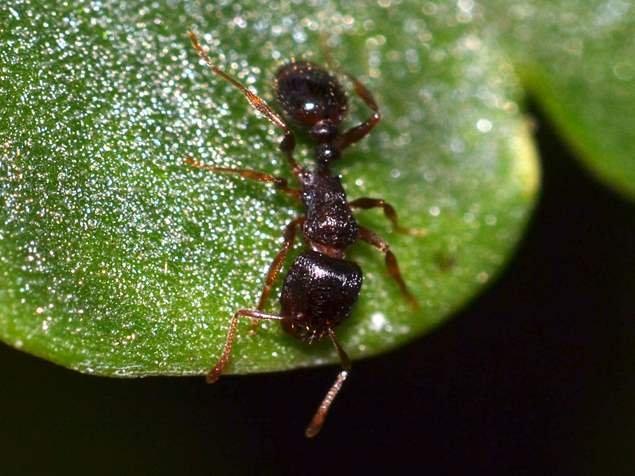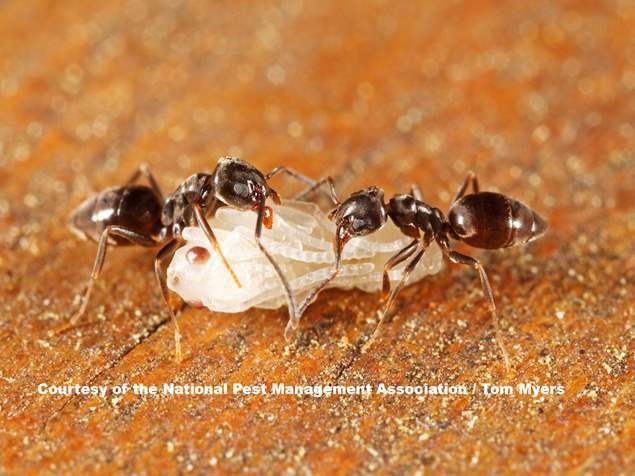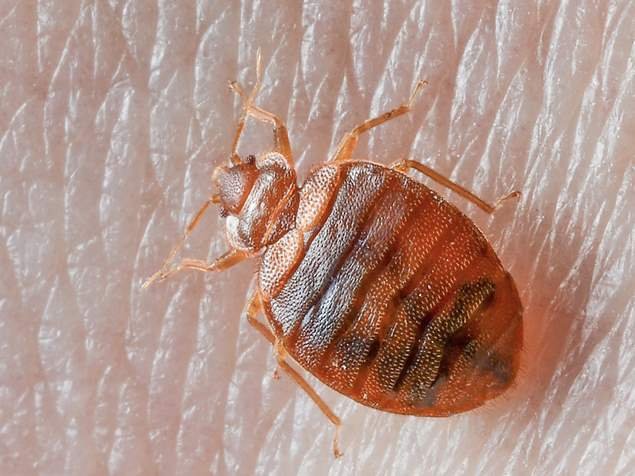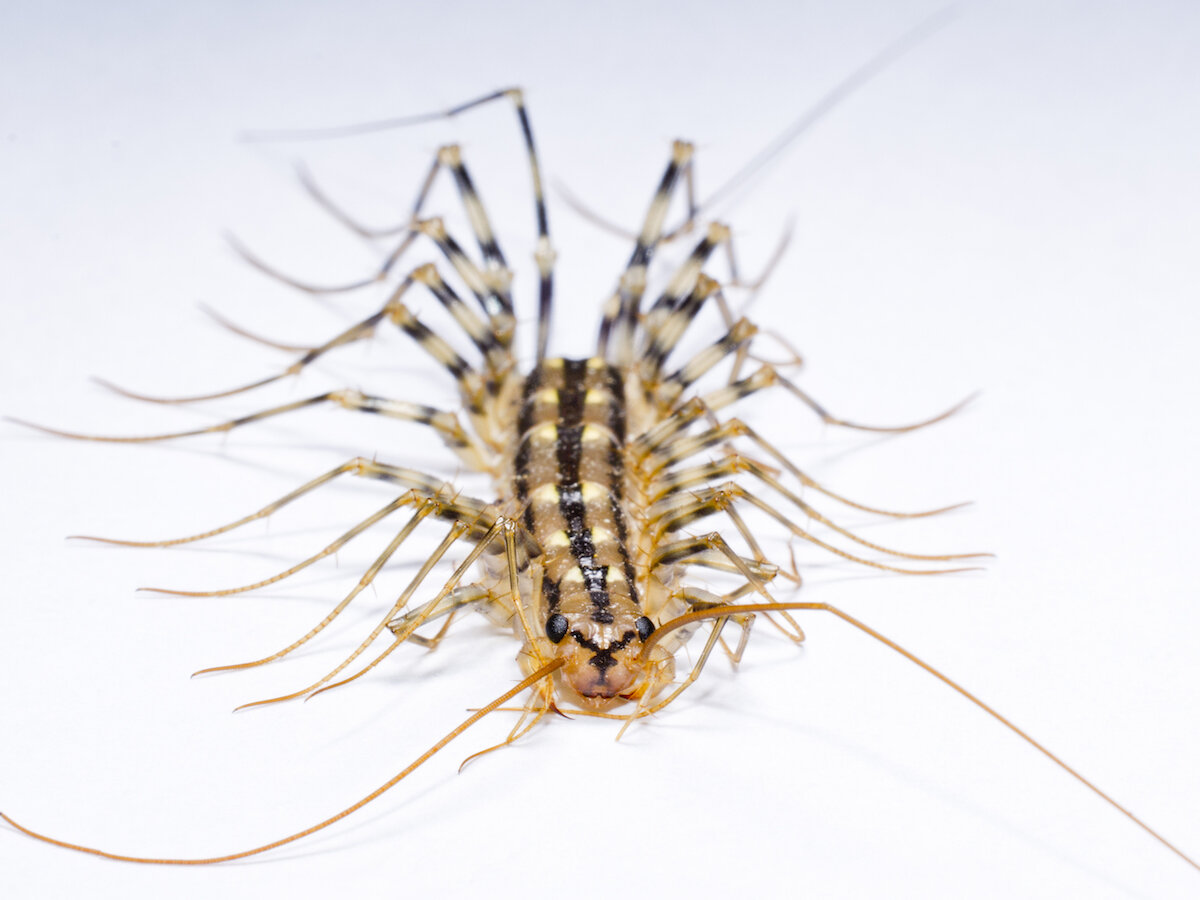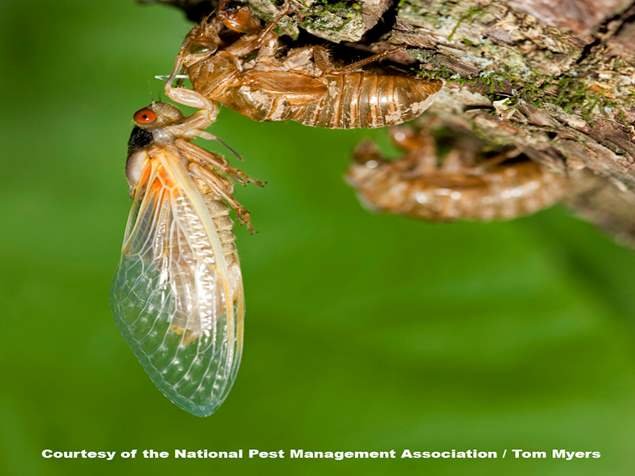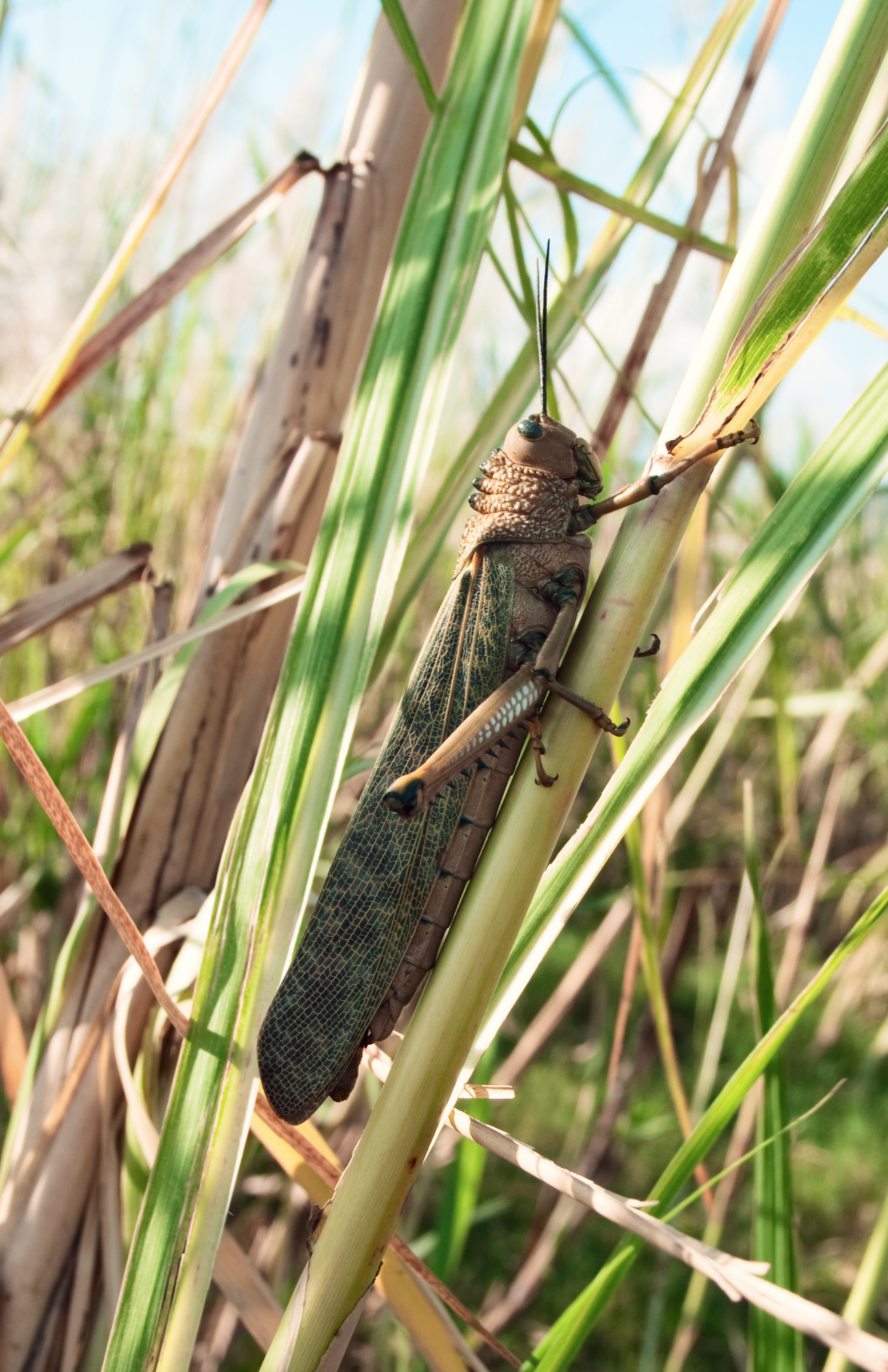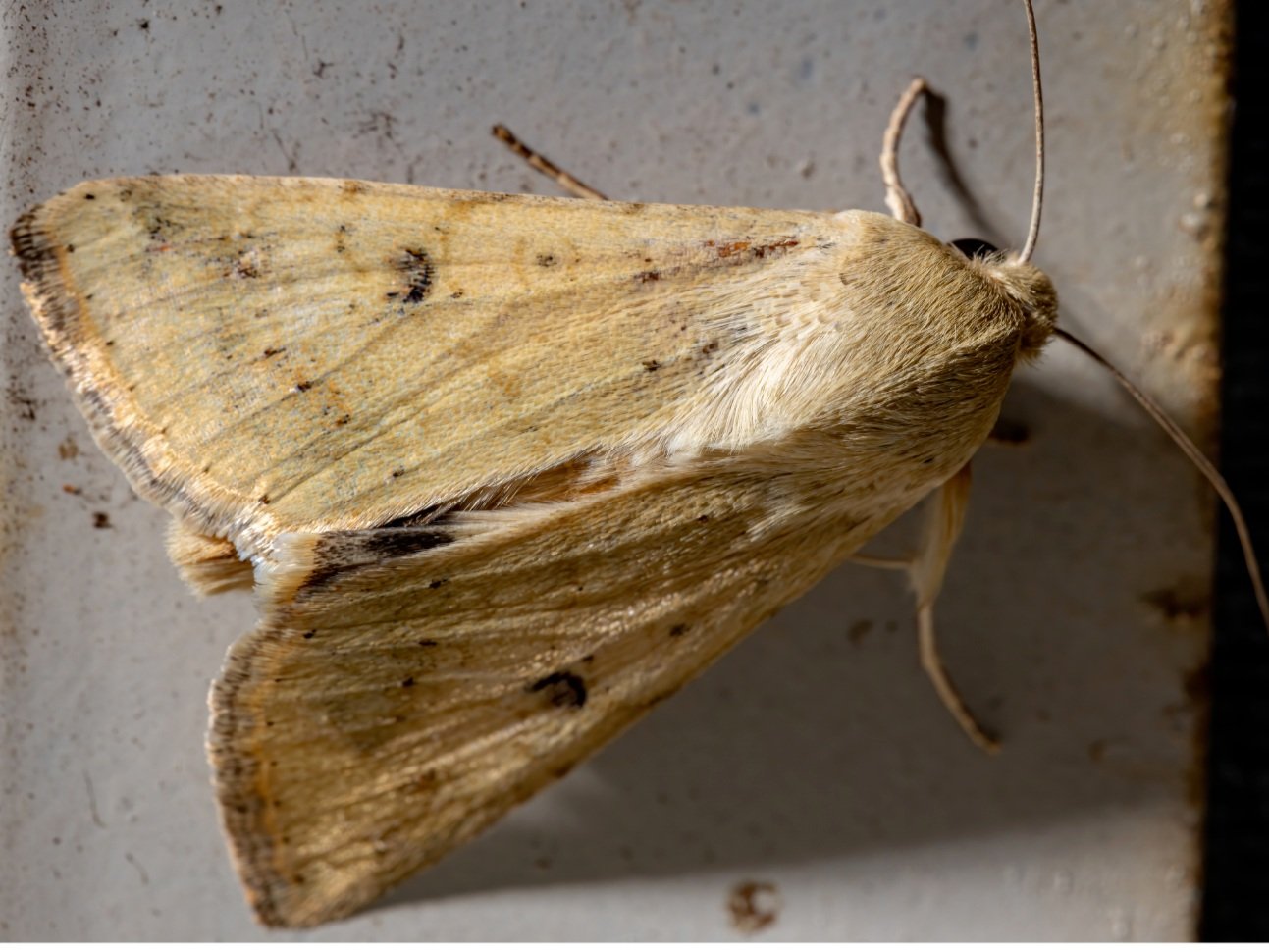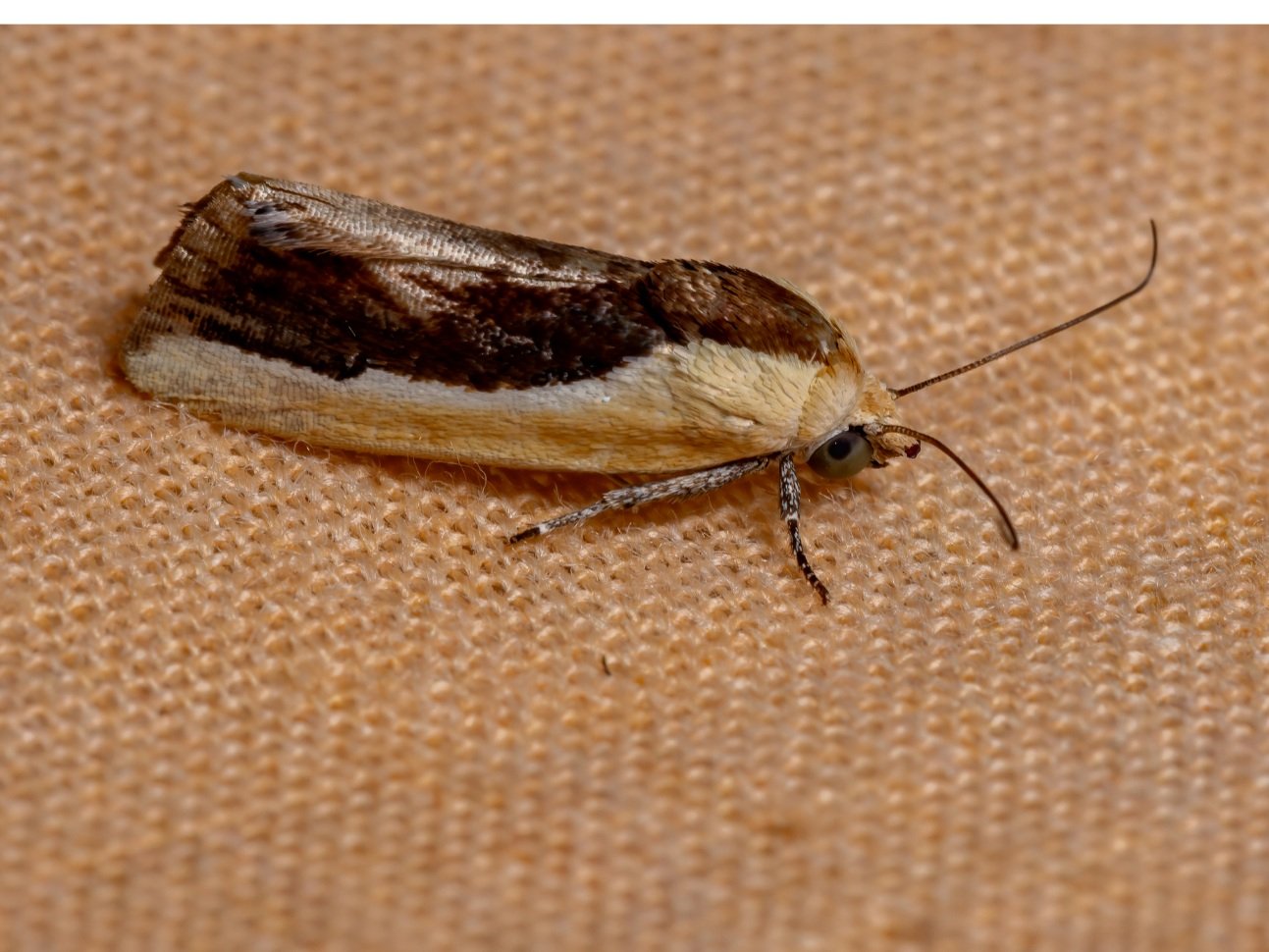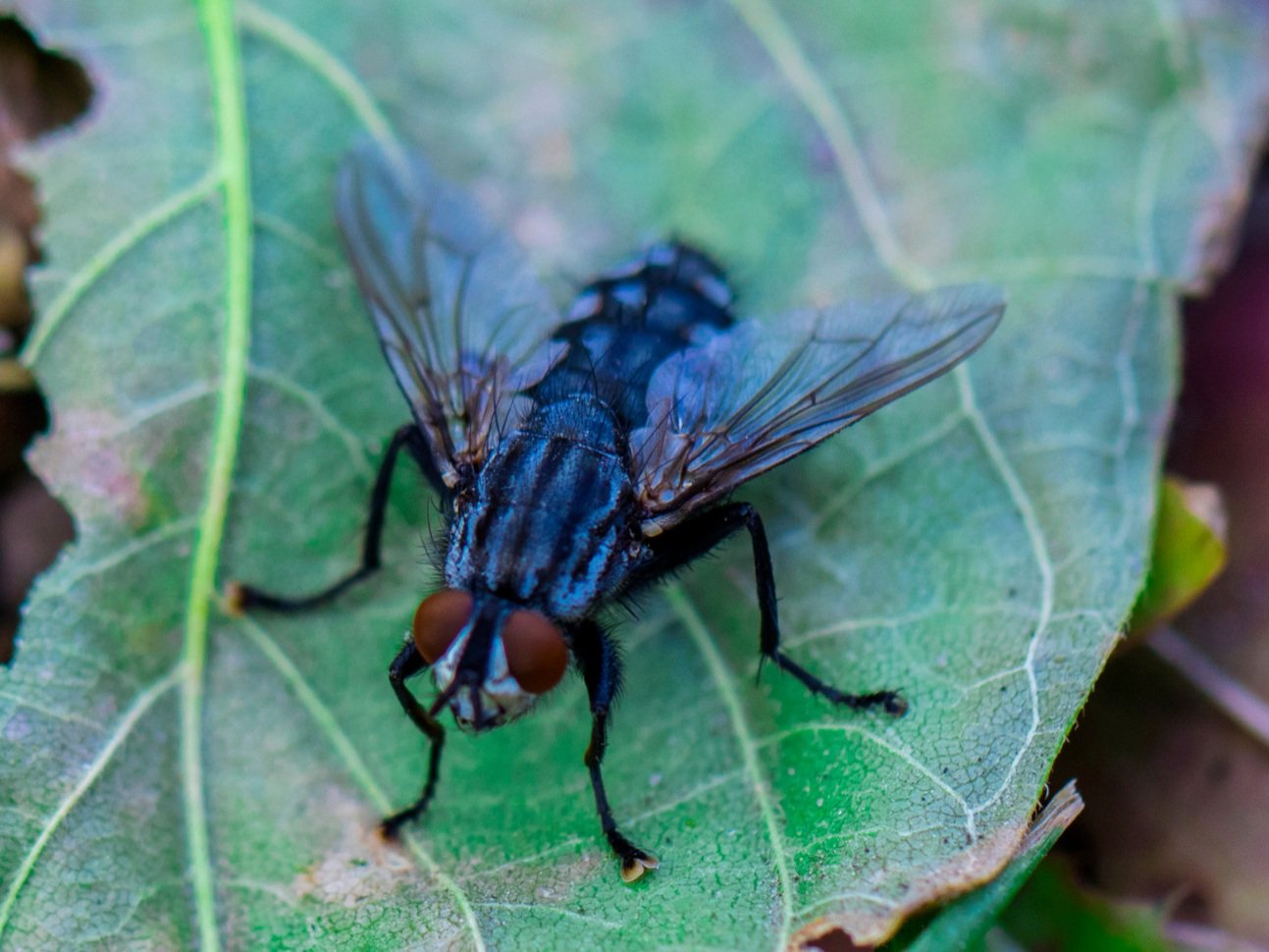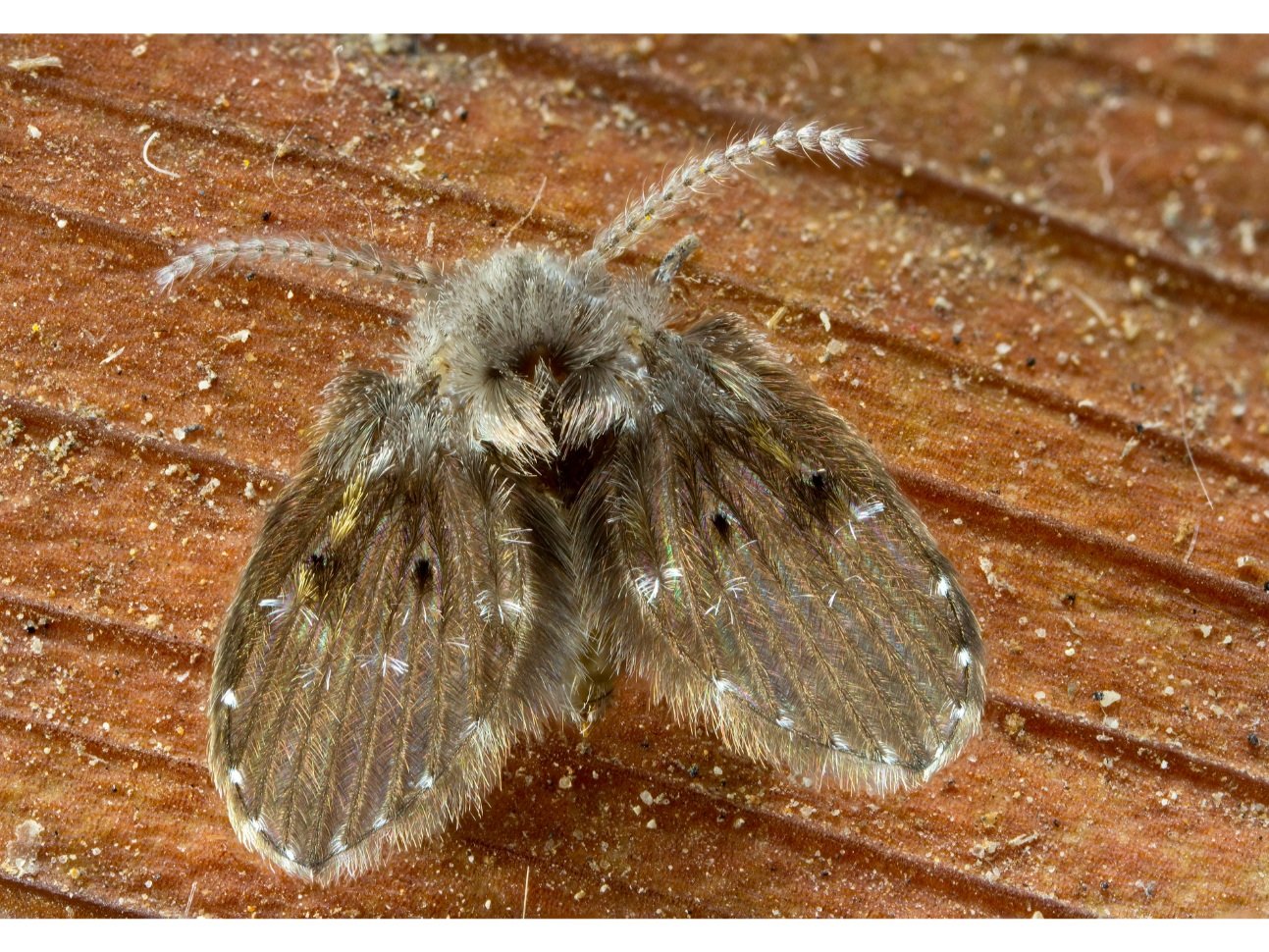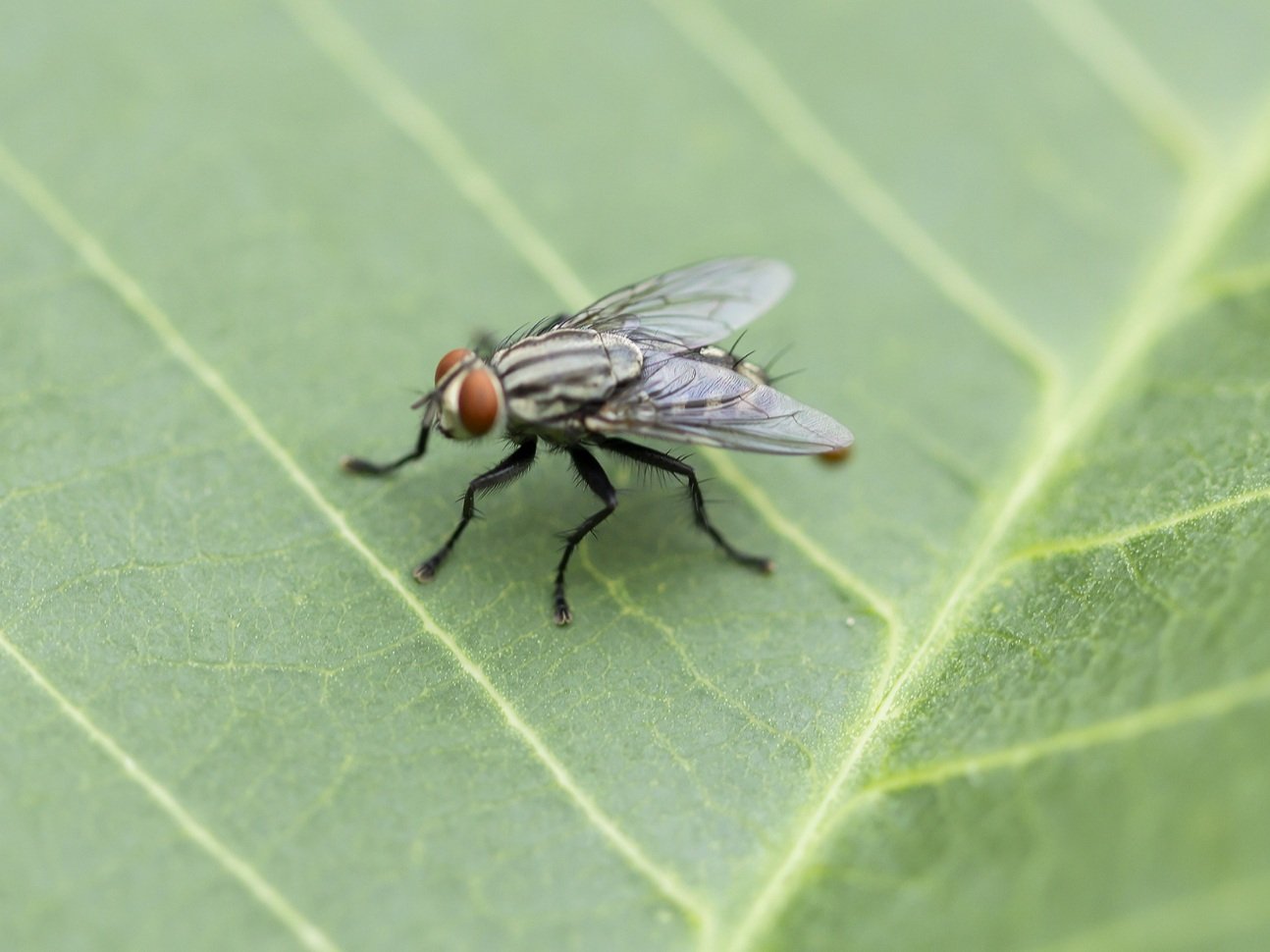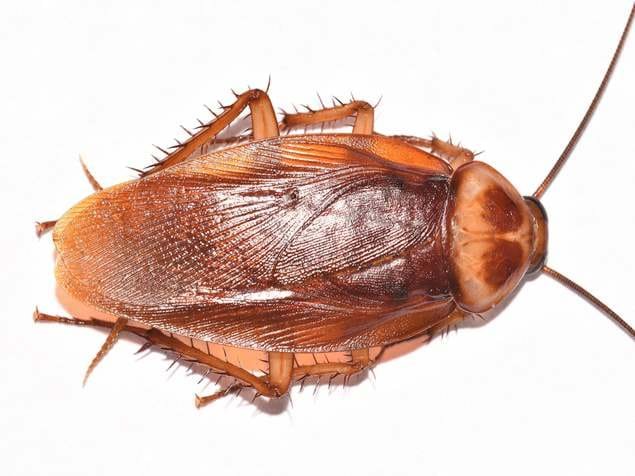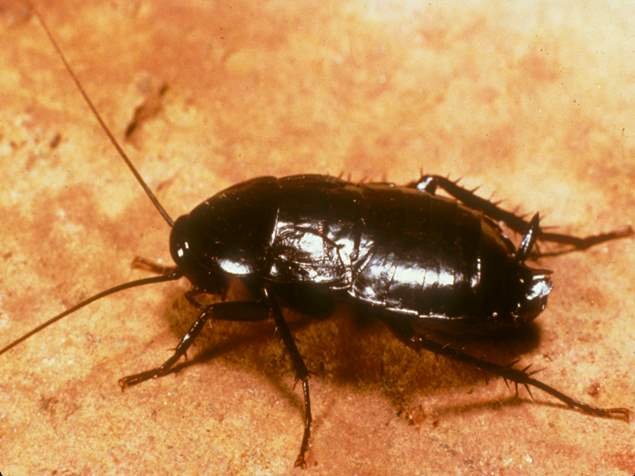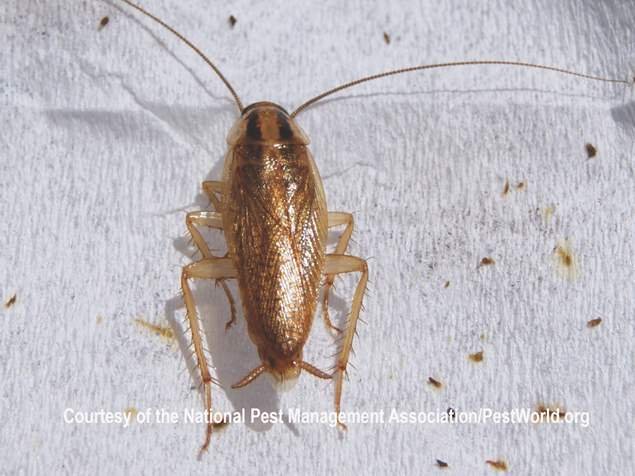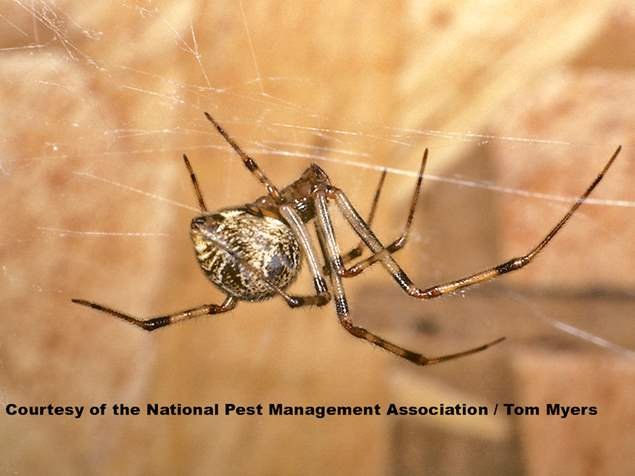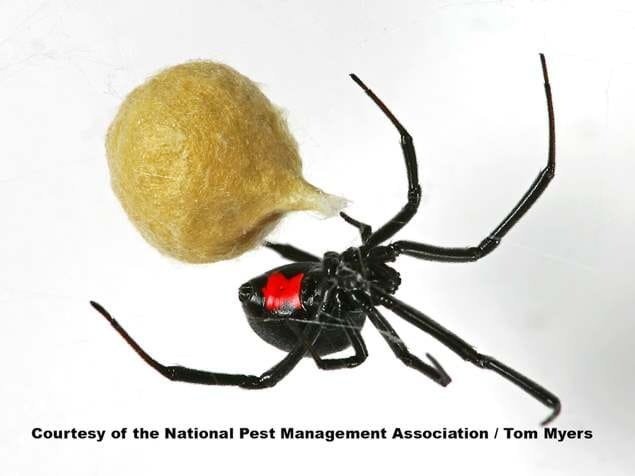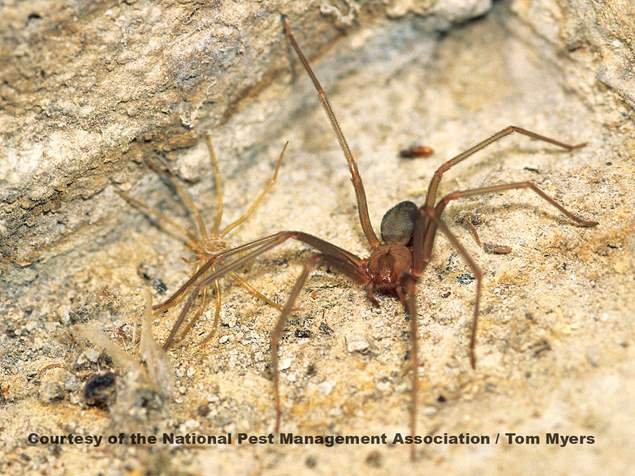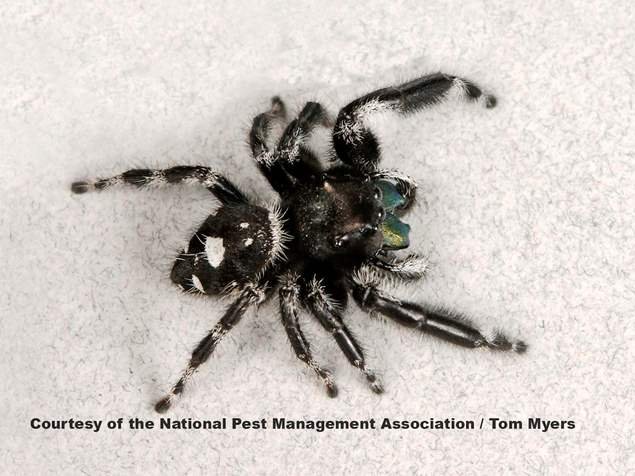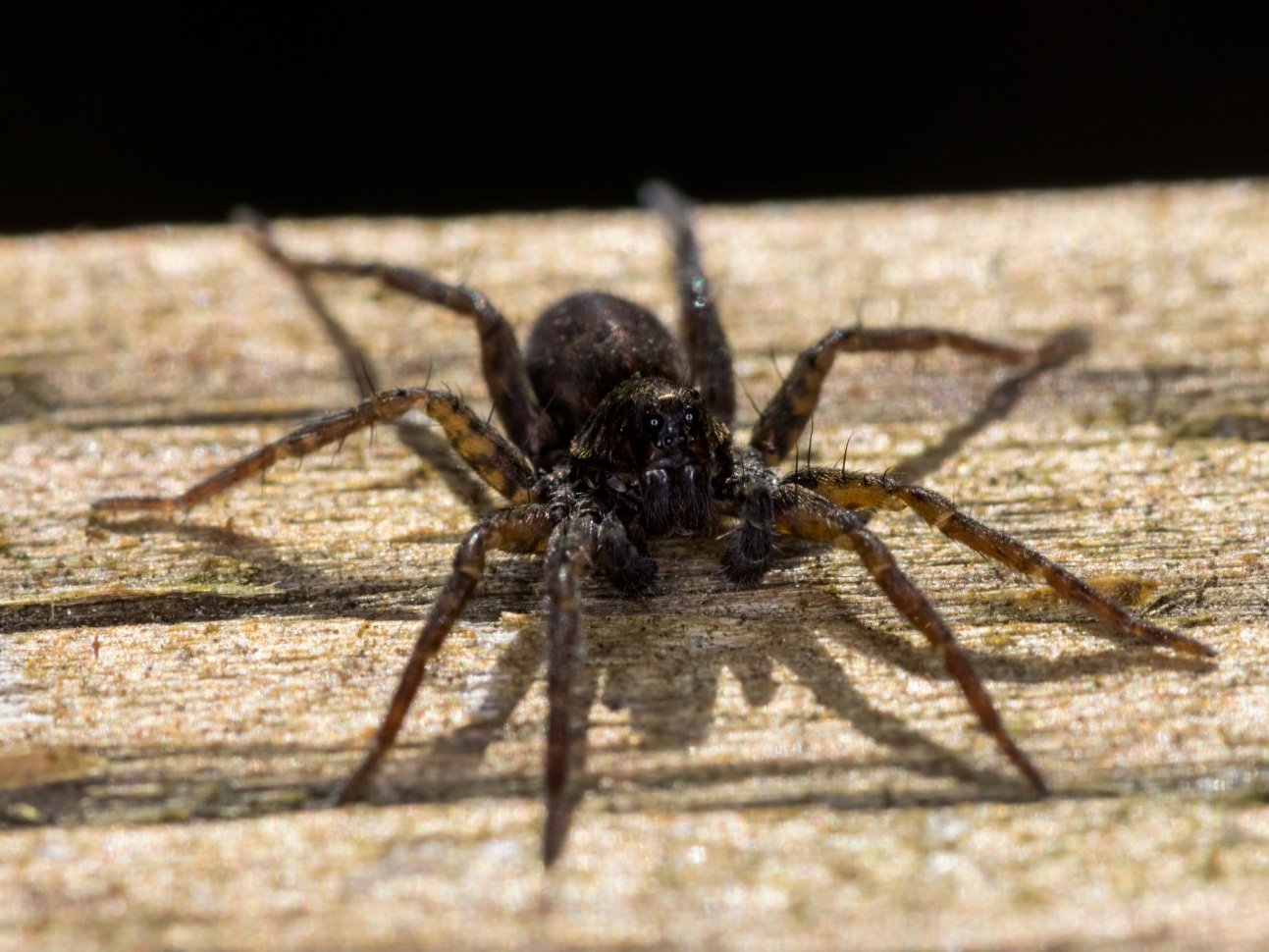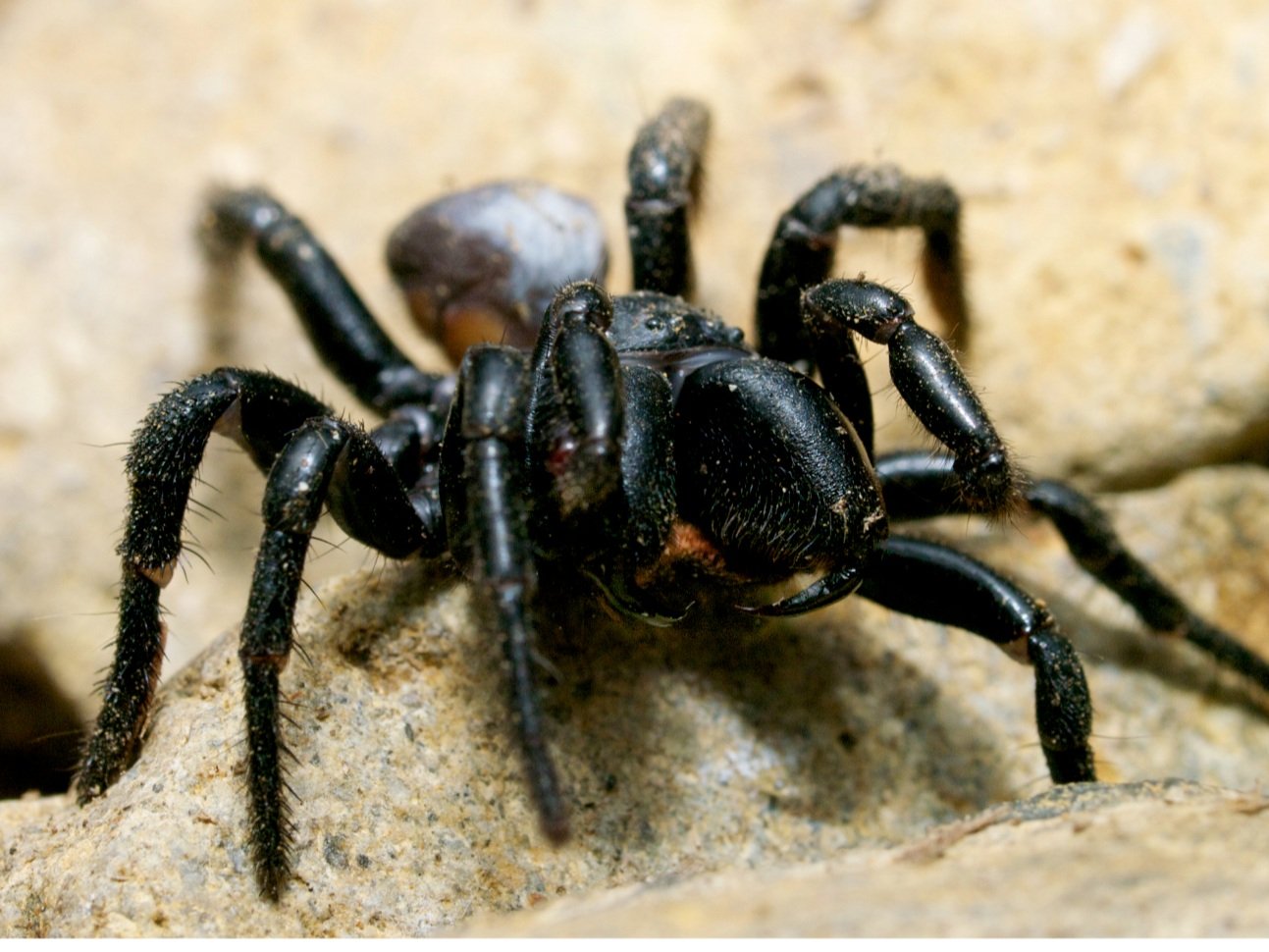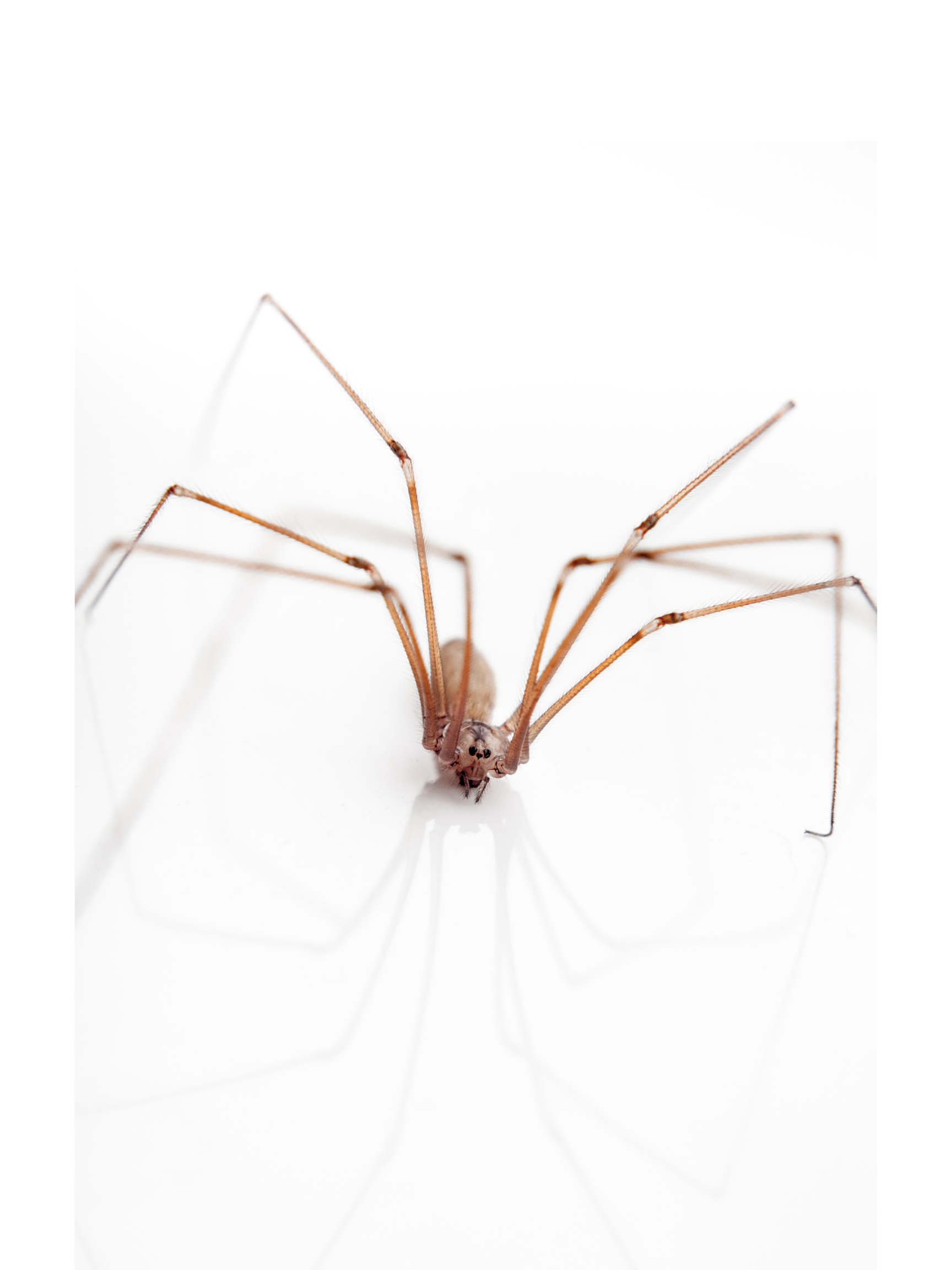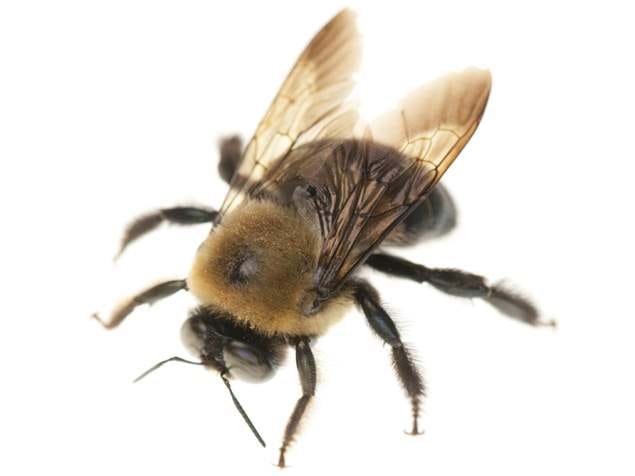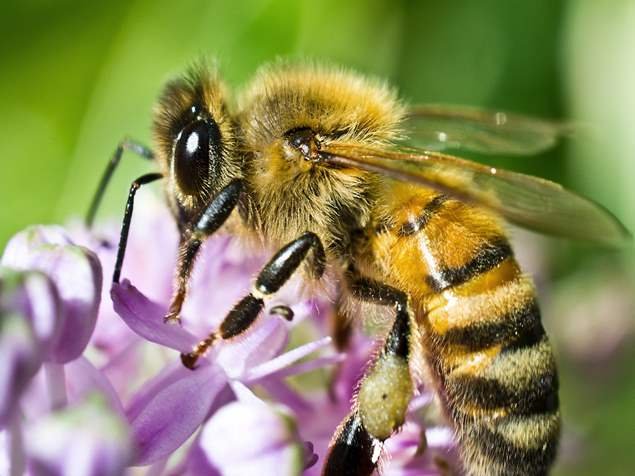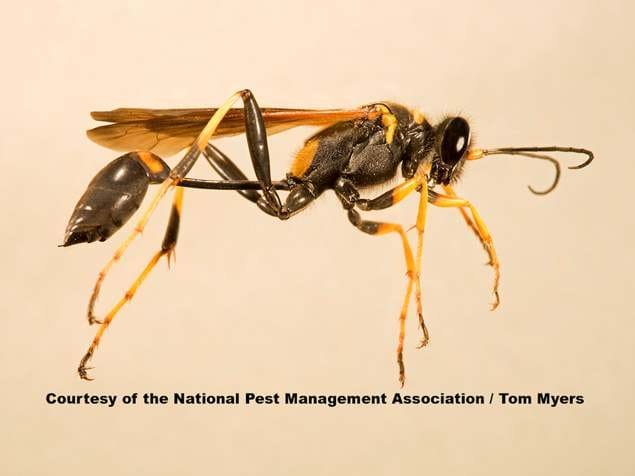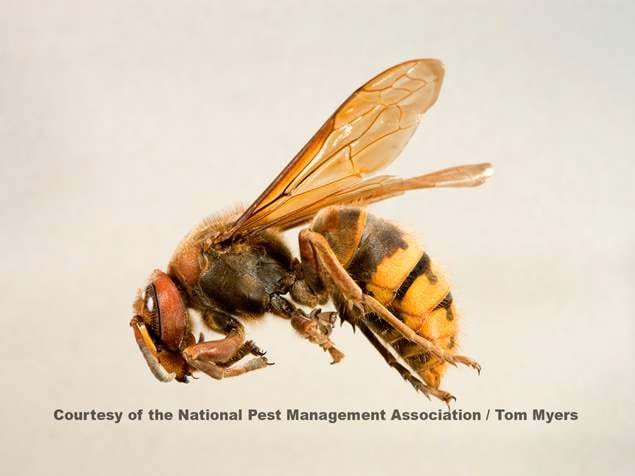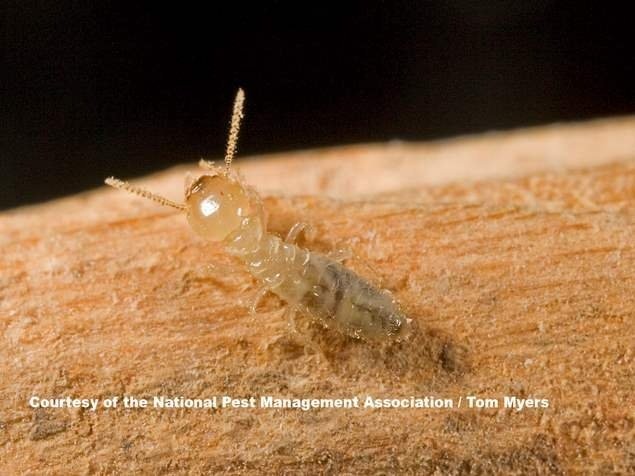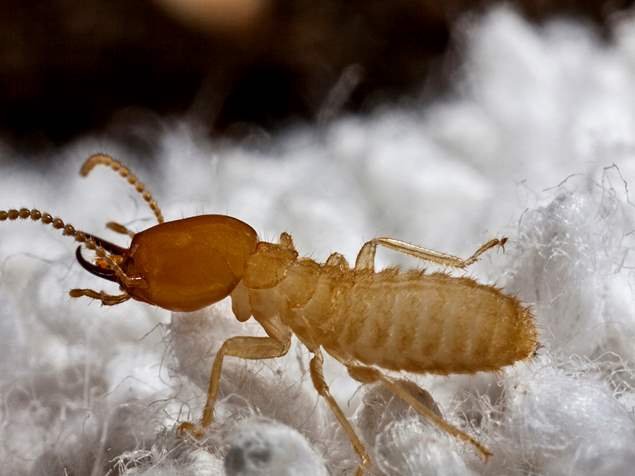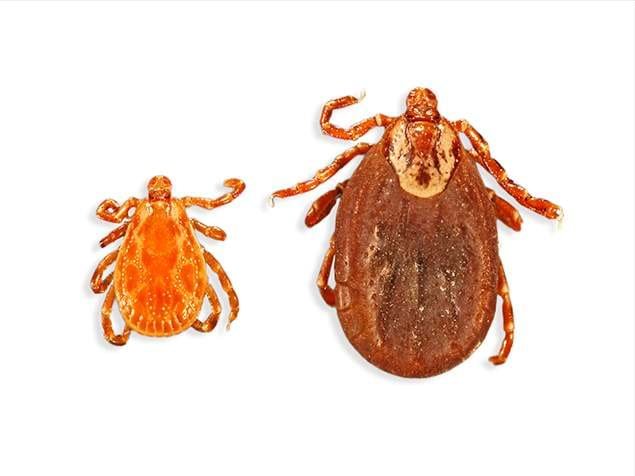pest library
Our pest library is a great resource to identify some of the pests we have in the central PA area. Scroll down the alphabetized list or click on the links below to read about the most common pests.
ANTS BEDBUGS ROACHES SPOTTED LANTERNFLY STINGING INSECTS
Or search for more info:
Ants
Carpenter ants are among the largest ants in our area. They may be found infesting homes and other buildings. Carpenter ants have dark-colored bodies, narrow waists, bent antennae and hind wings that are shorter than front wings in cases where wings are present. When found in homes, their nests are usually found in moist or decayed wood. Carpenter ants damage wood by excavating and creating galleries and tunnels for their nest. These areas are clean, i.e. they do not contain sawdust or other debris, and are smooth, with a well sanded appearance. The potential damage to wood structures is somewhat variable. The longer a colony is present in a structure, the greater the damage that can be done. Structural wood can be weakened when carpenter ant damage is severe, although damage occurs slowly, often taking years to occur.
The pavement ant is one of the most commonly encountered house-infesting ants throughout Pennsylvania. Pavement ants are around 2.5 to 3 millimeters in length and have parallel lines on their thorax and head. They can vary in color from light brown to black, and their legs are lighter in color than the rest of their bodies. Pavement ant antennae have multiple segments and a club at the end. They naturally nest in the ground under a variety of objects but gravitate towards the pavement. In times that they are trying to avoid cold weather, pavement ants can be found nesting in homes near heat sources, such as water heaters. Inside the home, they can spread bacteria to all surfaces they come into contact with which can contaminate your food.
Odorous House Ants are species of small ant that also goes by the common names odorous house ant, sugar ant, stink ant, and coconut ant. Workers are between 1/16 and 1/8 inch long and monomorphic (each of the types within the colony are about the same size). The body is uniform in color from brown to black, antenna are segmented but without a club. Odorous house ants will, given time, develop extremely large colonies. Winged ants from this type appear in May through July. Odorous house ants will nest indoors near sources of moisture and warmth, but also in termite-damaged wood. They prefer sugars and sweets but their ability to feed on many types of food means they can contaminate stored products throughout the home.
Pharaoh ants, also known as Sugar ants, are small, 1/12 to 1/16 inches in length, of a uniform color of Yellow to Reddish Brown, sometimes almost appearing translucent. Their antennae are segmented, with a 3 segmented club at the end. They are found throughout the United States, and are generally found only in heated structures in the Northeast because they usually cannot survive outdoors all year in our climate.


